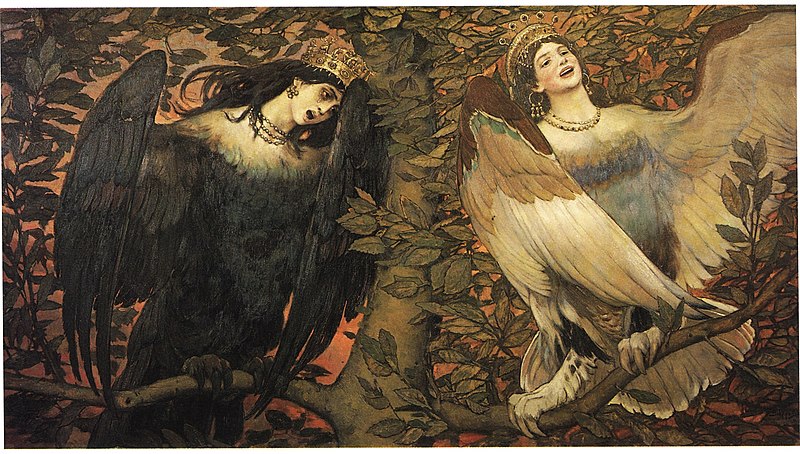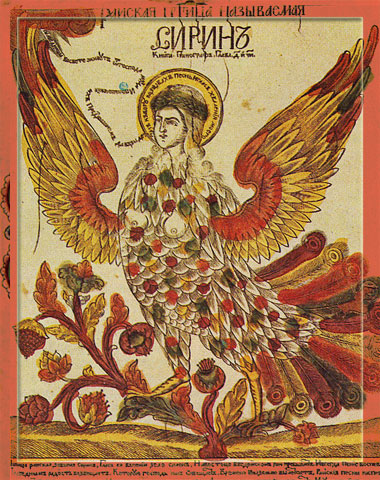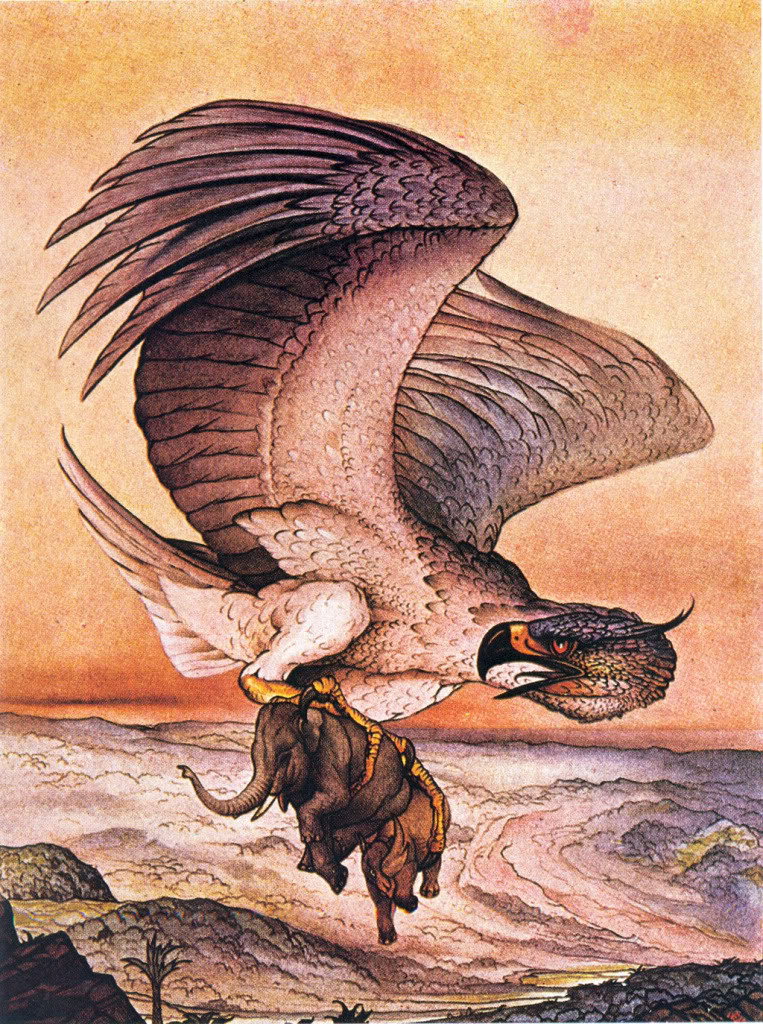
“From the still glassy lake that sleeps
Beneath Aricia’s trees –
Those trees in whose dim shadow
The ghastly priest doth reign,
The priest who slew the slayer,
And shall himself be slain” (1)
Thomas Babbington Macaulay
These words by Thomas Babbington Macaulay succinctly sum up the deadly duel of life and death to decide the Rex Nemorensis, the legendary High Priest of Diana Nemorensis of the Sacred Grove of Lake Nemi. The Rex Nemorensis was a shadowy figure in ancient Greek and Roman myth and legend. Most versions of his story agree that he earned his title and role by winning a fight to the death to become the “ghastly priest” of the above verse. Here we shall briefly discuss the mythical goddess of the Sacred Grove, Diana Nemorensis, followed by a look at her high priest and his deadly duel, followed by a look at the possible origins of the cult. Finally, there will be a brief discussion centered on “The Golden Bough,” a work by Sir James George Frazer inspired by the legendary Rex Nemorensis.
Diana’s Mirror
Diana Nemorensis was an important goddess in ancient times whose sanctuary and temple were situated on the northern shore of Lake Nemi. The lake has been referred to as “speculum Dianae” which means “Diana’s Mirror”. The important Roman festival of Nemoralia was held on the site.
There were also other lesser deities associated with her and the Sacred Grove. These were Egeria, who was the spirit of a nearby stream who also shared with Diana the protection of childbirth. The other was Virbius, the Roman counterpart of the Greek Hippolytus. A third goddess possibly worshiped at the Sacred Grove was Vesta. She was believed to have eventually become conflated with the goddess Artemis.
The Rex Nemorensis
According to legend, the cult of Diana Nemorensis was recognized as one of the most ruthless, brutal and mysterious cults of ancient Rome. The high priest who was said to have presided over her rituals was known as the ‘King of the Sacred Grove’ or the ‘King of the Wood,’ or more famously the ‘Rex Nemorensis.’ According to some traditions the cult was populated by fugitives or runaway slaves who had dedicated themselves to the worship of Diana. However, there is little evidence to support this, though the role of the Rex is linked to such outsiders.
Tradition says growing inside the grove was a huge oak tree. It was strictly forbidden for anyone to break a branch off this special tree and it was guarded to prevent this. The only exception to this rule were runaway slaves or fugitives. If one succeeded they were rewarded with the right to challenge the incumbent high-priest to a duel to the death. If the incumbent killed his challenger he remained in his post and lived. If his challenger killed the incumbent he became “the ghastly priest who slew the slayer” – the new Rex Nemorensis – High Priest of Diana, King of the Grove, King of the Wood and Guardian of the Sacred Grove, but it came with a high price.
Having fought for and won the post he had to remain on his guard for the rest of his life. Should a runaway slave, or fugitive, make it to the oak and break a branch off then that slave then earned the right to fight him for his titles and his life as he had done his predecessor. The victor would become the Rex Nemorensis, until he too was defeated, with his conqueror taking his place. There could only ever be only one Rex Nemorensis.
This murderous cycle ensured that that incumbent high-priest was always kept at the pinnacle of his powers. As the Rex Nemorensis he was the embodiment of fertility of nature and the woods. As such he could not succumb to either illness or old age. Death had to be violent because the spilling of blood on the ground was seen as necessary to bring fertility to the earth. Despite the certainty of meeting a violent death it did at least offer sanctuary, albeit temporarily, to any such fugitive.
The Cult of Diana Nemorensis
The cult of Diana Nemorensis was very ancient and its beginnings are shrouded in myth and legend. Many scholars think that it had its roots in ancient Greece. There are two Greek traditions of how the cult originated. One traces its origins through the story of Orestes and Iphegenia, while the other is based on the tradition of Hippolytus.

Orestes and Iphegenia
The first account tells how Orestes, the son of Agamemnon, a king of Mycenae and his wife Clytemnestra, brought the cult of Diana Nemoresis to Italy. On discovering his mother’s affair with Aeegistus, Orestes murders him to avenge his father who is on his way to fight the Trojans. Orestes was told by the god Apollo to go to Tauris to purify himself as an act of atonement. In Tauris, Artemis was a revered goddess and it was the custom for any foreigners landing upon the shores to be brought to her temple to be ritually sacrificed before her effigy by the high priestess.
On his arrival Orestes was taken before the High Priestess of Artemis to be prepared for sacrifice. Fortunately for him she was his long lost sister who he believed had been sacrificed by their father. She had been saved from this fate by the goddess Artemis and transported to Tauris where she was set in place as the high priestess of her cult. Recognizing Orestes, Iphegenia could not kill her brother and by deceiving Thoas, the King of Tauris, they both escaped by ship taking with them the effigy of Artemis. They sailed around the coastline finding their way to the south of Italy, finally making their way to Nemi and settling there.
With the theft of the effigy of Artemis and their escape from Tauris, Orestes and Iphegenia had placed themselves outside of society and the laws as they stood and were effectively fugitives. Once they became established at Lake Nemi, the cult grew in popularity and strength. Unlucky foreigners who landed on the shores were brought inland to Nemi for sacrifice. Eventually the tradition evolved so that runaway slaves and fugitives could claim the right to fight the incumbent high priest and claim his position.
The Story of Hippolytus

The second version of the origin of the Rex Nemorensis tells how Hyppolytus, the son of Theseus, became the first Rex Nemorensis. His step-mother was Phaedra who made sexual advances towards him which he rejected. To gain revenge she accused him of raping her. He was cursed and banished by his outraged father and was dragged to death by his chariot’s horses after they had been frightened by a sea monster sent by Poseidon. Ascelapius, the god of medicine, with help from the goddess Artemis returned him to life as an old man named Virbio (Vir bis is Latin for man for the second time) to prevent him being recognized. He was taken to Lake Nemi where he was installed as high priest of the cult of Diana, becoming known as Virbius. Pausanius in his “Description of Greece,” says,
“The Aricians tell a tale … that when Hippolytus (the son of Theseus) was killed, owing to the curses of Theseus, Asclepius raised him from the dead. On coming to life again he refused to forgive his father; rejecting his prayers, he went to the Aricians in Italy. There he became king and devoted a precinct to Artemis, where down to my time the prize for the victor in single combat was the priesthood of the goddess. The contest was open to no freeman, but only to slaves who had run away from their masters.” (2)
The Golden Bough
The legend was the inspiration for The Golden Bough, a comparative work of religion and mythology by Sir James George Frazer first published in 1890. Although the book was influential in its time many of the ideas he proposed are not accepted by many modern scholars. He appears to have expected this saying,
“Books like mine, merely speculation, will be superseded sooner or later (the sooner the better for the sake of truth) by better induction based on fuller knowledge.” (3)
Maybe he saw his role as starting the conversation for others to continue. Many of his contemporaries appeared rather disappointed with his success and popularity though his ideas were very controversial. Fraser appeared to favor Virbius as the origin of the legend of the Rex Nemorensis,
“In his character of the founder of the sacred grove and first king of Nemi, Virbius is clearly the mythical predecessor or archetype of the line of priests who served Diana under the title of Kings of the Wood, and who came, like him, one after the other, to a violent end. It is natural, therefore, to conjecture that they stood to the goddess of the grove in the same relation in which Virbius stood to her; in short, that the mortal King of the Wood had for his queen the woodland Diana herself.” (4)
Whether the legendary Rex Nemorensis was a real historical figure is difficult to say and many think not. Nevertheless, he still cuts a dramatic figure lurking in the darkness of the sacred groves at the back of our minds.
© 29/04/2020 zteve t evans
Reference, Attributions and Further Reading
Copyright April 4th, 2020 zteve t evans
- (1) The Battle of Lake Regillus “Lays of Ancient Rome” by Thomas Babbington Macaulay
- Rex Nemorensis – Wikipedia
- The Rex Nemorensis | Nemi to Nottingham
- Diana Nemorensis – Wikipedia
- (2) Full text of “Pausanias Description of Greece” – Internet Archive
- (3) Downie, R. Angus (1970), Frazer and the Golden Bough, London: Victor Gallancz, p. 112, ISBN 978-0-575-00486-3
- (4) The Golden Bough: A Study of Magic and Religion by James George Frazer
- Temple of Diana (Nemi) – Wikipedia
- Diana Nemorensis: Origins of the Legend
- Orestes – Wikipedia
- Orestes – Wikipedia
- Orestes | Greek mythology | Britannica – Encyclopedia Britannica
- Hippolytus (son of Theseus) – Wikipedia
- Hippolytus | Greek mythology | Britannica
- The Golden Bough/The King of the Wood
- Diana Nemorensis: Origins of the Legend
- Lake Nemi: Diana’s Sacred Grove « The Global Dispatches
- Nemi Temple of Diana [Artemisium Nemorense,
- Diana – Goddess of the Moon and Hunting – Crystalinks
- Diana Nemorensis – Wikipedia, the free encyclopedia
- Searching for Diana – The Suppressed Histories Archives
- Image by Gerson Martinez from Pixabay
- The Death of Hippolytus – File:Hippolytus Sir Lawrence Alma Tadema.jpg from Wikimedia Commons – Public Domain
- File:John Robert Cozens 002.jpg from Wikimedia Commons – John Robert Cozens – Public domain



















